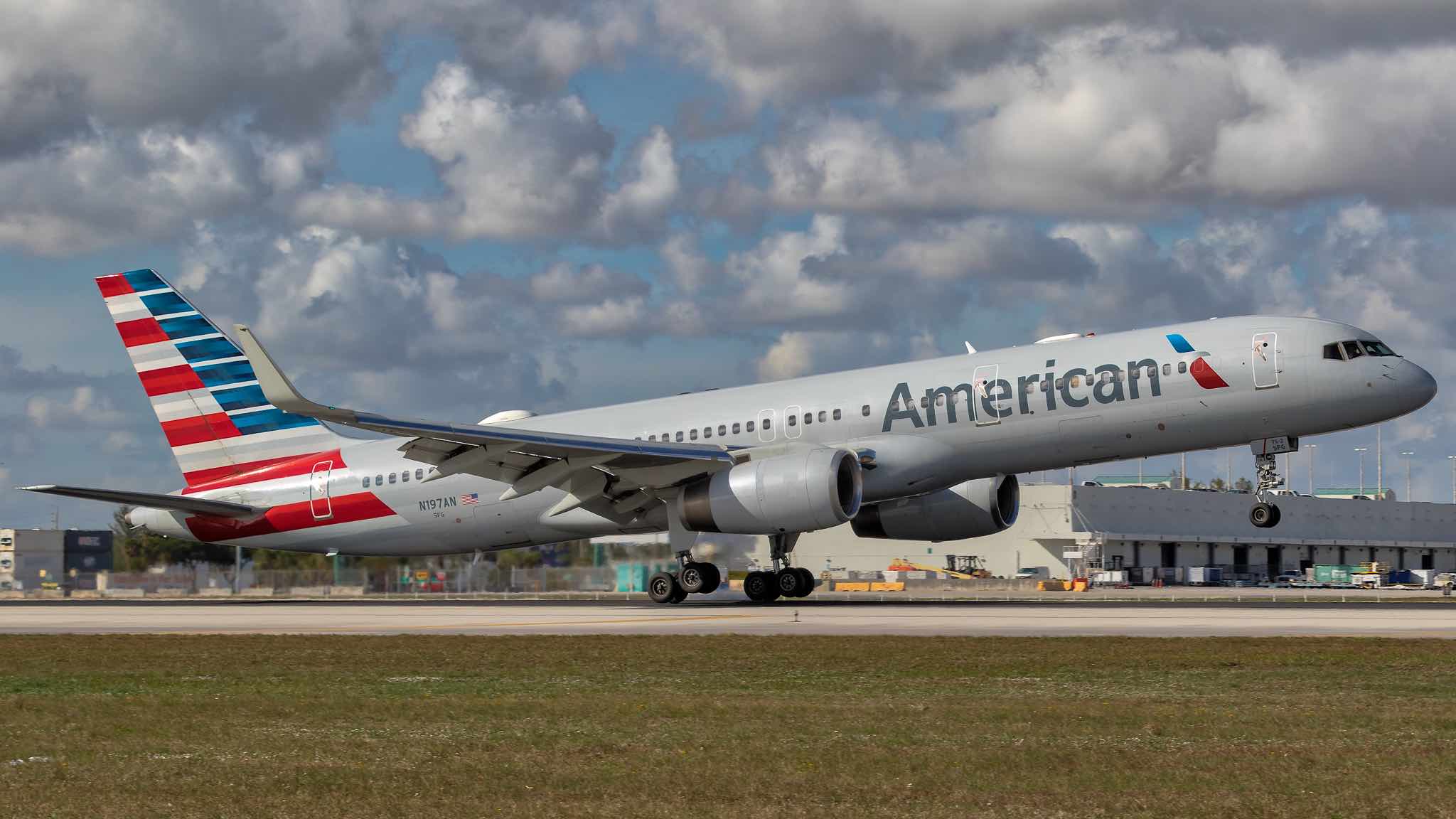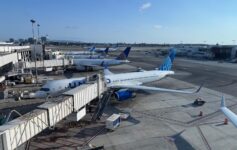
American Airlines is scrapping its last remaining international flight from Seattle-Tacoma International Airport (SEA), marking an end to a multi-year experiment.
Seattle Loses Last International Flight On American Airlines
To great surprise, American Airlines announced plans to add longhaul service from Seattle in February 2020, announcing service to:
- Bengaluru, India (BLR)
- London (LHR)
- Shanghai (PVG)
Shortly thereafter the pandemic began and all three routes were put on hold. Even after the pandemic receded, the war in Ukraine made Russian airspace off-limits and meant the Bengaluru route never launched.
With continued Chinese slot restrictions and COVID-19 precautions, the Shanghai route also never launched.
London did launch in 2021 and operated through this summer, though has been suspended this winter.
But now American Airlines has pulled its London flight from the schedule: the flight will not resume next spring, marking an end to SEA’s status as an international “hub.”
Zach Griff reports that the LHR slot will be used to add an additional daily service from Miami (MIA).
British Airways will continue to operate the Seattle – London routes as a oneworld and joint venture partner. Finnair also operates seasonal service from Seattle to Helsinki (HEL). Virgin Atlantic and Delta also operate the SEA-LHR route.
What Happened To AA In Seattle?
We don’t know if this route was unprofitable, but we do know that AA determined it made more sense to operate an extra MIA-LHR segment than from SEA.
I tend to agree with One Mile At A Time that the problem for AA was timing. The pandemic, war in Ukraine, and slow return of business travel seem to have dampened demand and viability for longhaul flights on American from Seattle.
However, I also think that AA failed to properly advertise and promote its SEA-LHR route. Many locals did not even know the service existed, which makes it hard to fill aircraft at premium prices. Furthermore, people in Seattle are fiercely loyal to Alaska Airlines or Delta Air Lines. While Alaska and American are partners, there was no seamless integration of this route into Alaska’s schedule, which hindered connecting traffic.
Furthermore, let’s not forget that American (more so than Delta and United) is experiencing a widebody aircraft shortage. The shortage means some profitable routes may have to be cut for more profitable ones.
Let’s not call Seattle dead for American Airlines just yet, but it appears AA has abandoned the Pacific Northwest hub.
CONCLUSION
American Airlines will not resume its Seattle – London flight in the spring. As a result, AA will no longer operate longhaul international flights from SEA. While this represents another failed attempt at West Coast growth (LAX didn’t work either), the failure of all three routes makes sense in the context of the events unfolding in the news.
image: Nathan Coats




If you don’t like American’s long-haul network strategy, wait another week, there will be a different strategy.
Oh, that’s snarky. You just don’t appreciate what disrupters do…. They “fail fast” and move on to innovate. American is the best innovator in aviation!
You forgot the /s.
Whatever
I’ll put the positive spin
AA has a JV with BA. They serve London. Nothing changes. Alaska is in OneWorld. No change aside from upgrades.
Aa has a JV with JL. They serve TYO. Nothing changes.
Travel to China is not something most airlines want to do right now.
If you’re an Alaska customer in Seattle and value frequency and nonstops. This isn’t going to change that. You still have codeshares to NRT, HEL, PPT, LHR, and double the frequency on AS vs their competitor and more nonstop options.
AA may never come back. But they have the unique ability to come back whenever they want. Delta can’t. They’re stuck with an unprofitable hub due to their crappy choices 10 years ago with Alaska. aa isn’t.
Oneworld is far stronger than sky team TPAC and Alaska knows that
But let’s be honest. If you’re sticking with delta for any upgrades whatsoever or the points, you’re an idiot.
This.
Perhaps AA was handcuffed in being BA’s bridesmaid on this route and having to beg for $5000 fares in J. Of course few are going to pay that.
As well, letting cabins go empty in J before giving up any redemption seats. I was amazed the past months how many seats were available in J and Y and they had no saver availability.
The reality is, it’s a market they didn’t feed or care about. And they got their asses handed to them as a result.
The title of this article is misleading. American’s sole international long haul flight out of SEA has been the LHR flight since the SEA long haul strategy was announced in February 2020, but never fully realized. The other two routes were SEA-PVG (with the LAX-PVG route planned to move to SEA) and SEA-BLR. Neither BLR nor PVG ever launched for all the reasons that we know.
AA dropping SEA-LHR is also old news. It was announced over the last weekend.
The slot is going to MIA to operate 2 x daily MIA-LHR.
SEA as a long haul gateway is a pipe dream. The corporate landscape there changed dramatically since 2020 and the tech fueled incentives to run a long haul gateway there catering to Amazon and Microsoft have evaporated. It is well understood that DL’s SEA hub itself is unprofitable and it can’t make a lot of its long haul network there, notably to Asia, work particularly well. The AS/AA relationship is limited to code-sharing. Not enough to make long haul work.
SEA to London is a route that many have tried and have often struggled on, but for British Airways.
Not surprised Would always be 150+ open seats. Who’s profiting off that. Redistribute valuable planes elsewhere
There is nothing wrong with SEA as a hub but its the present route development department at AAHDQ. Yes, Bangalore, India is the tech area of said country. It is also where all the family relatives of AA’s route development department lives. Biggest mistake made about a westcoast hub was before US and AA merger and that was AA pulling out of SJC (San Jose California). The biggest problem back then was the city not wanting to modernize the airport with enough gates and terminals to operate as a hub. The cities attitude was “we’re silicon valley why do we need a HUB.Jo